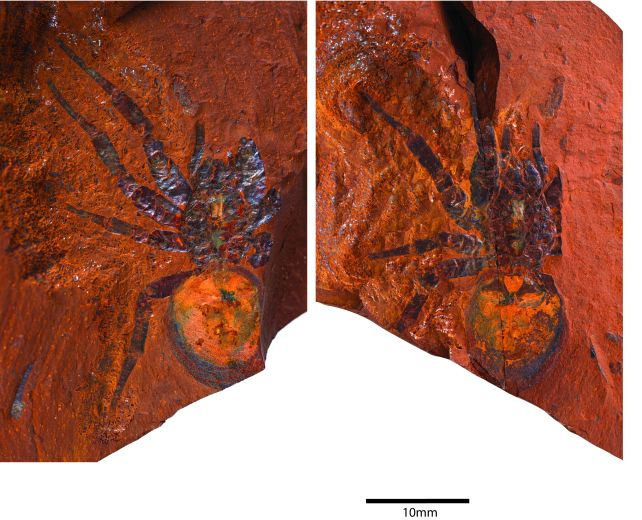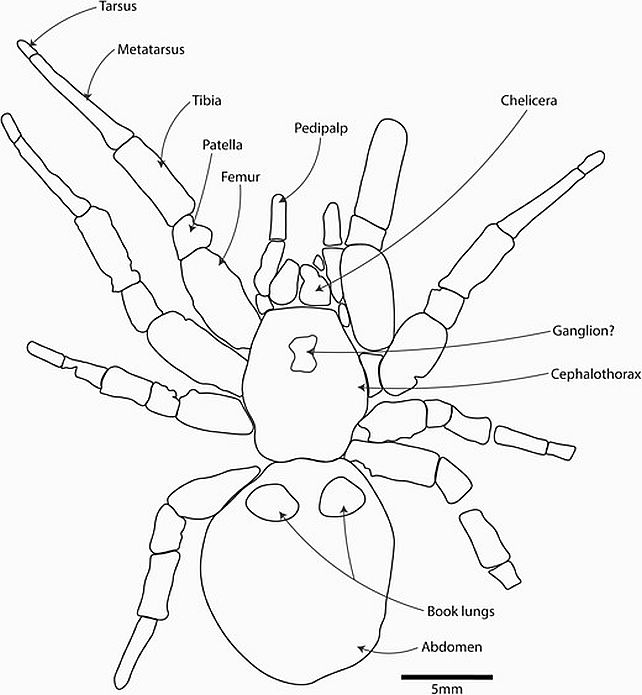Life
Fossils of an ancient "giant" spider discovered in Australia: this photo will make you rejoice in the fact that it disappeared millions of years ago
Most of us are afraid of spiders. There is a good reason to be scared as they can be extremely venomous. Thus, evolution has taught us to stay away from them. The bigger the spider is, the more we dislike it. That's why the most sensitive people could experience a real panic attack if they met the kind of eight-legged creature that paleontologists recently found in Australia.
The discovery was reported by Science Alert. This is the fourth spider fossil ever found in Australia and the world's first remains of a species that belongs to the large family of barychelid spiders, the Barychelidae. The discovery was named Megamonodontium mccluskyi in honor of Professor Simon McClusky, who unearthed it.
Representatives of this species lived in the Miocene 11-16 million years ago. They chose moist forests and built burrows in the ground. The spider found is five times larger than its modern relative Monodontium. It is also comparable to wolf spiders. The length of the legs of the found specimen is about 50 millimeters, and the body length exceeds 23 mm.
The closest relatives of the found species now live in the rainforests from Singapore to Papua New Guinea. This suggests that Megamonodontium mccluskyi once lived in similar conditions in Australia, but became extinct when the continent's climate began to change to a more arid one.
The spider's remains were found in a unique sedimentary layer that sometimes preserves the soft tissues of animals that have fallen into it. Such a rock can be found in a meadow area of New South Wales called McGrath Flat. Some of the fossils found there even show subcellular structures, so they are of great interest to science.
The spider found was so well-preserved that scientists were able to see and reconstruct its body structure in great detail. Even the smallest details of the claws and bristles on the pedipalps, legs, and main body of the spider were studied under an electron microscope. It is now confidently called the second largest spider fossil ever found in the world.
Based on the remains of this spider, scientists can draw new conclusions about how Australia has changed over time. Today, no Monodontium or Megamonodontium spiders related to the found spider can be found on the continent. This means that the climatic transformation of the continent into a more arid one during and after the Miocene led to the localized extinction of some spider species.
"Today, there are about 300 species of trap-door spiders but they don't seem to be fossilized very often. This may be because they spend so much time in burrows and therefore are not in the right environment to become fossils," explained arachnologist Robert Raven of the Queensland Museum.
Earlier, OBOZREVATEL spoke about an amazing creature that lived 520 million years ago and whose remains helped scientists discover a lot about the evolution of invertebrates.
Subscribe to OBOZREVATEL on Telegram and Viber to keep up with the latest news





























